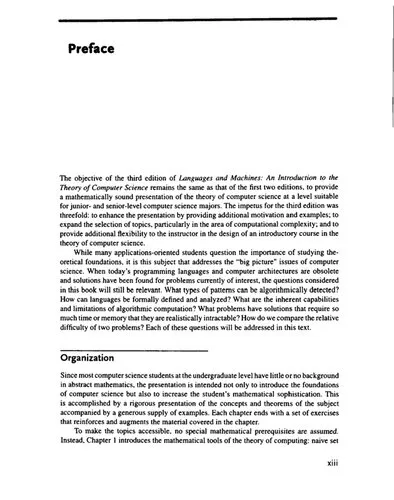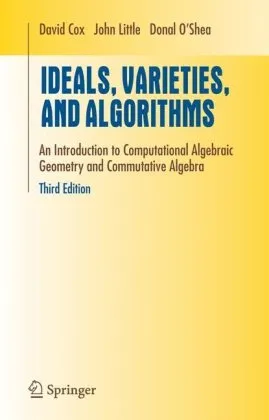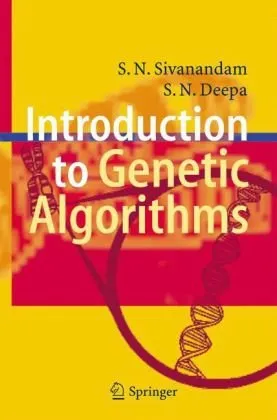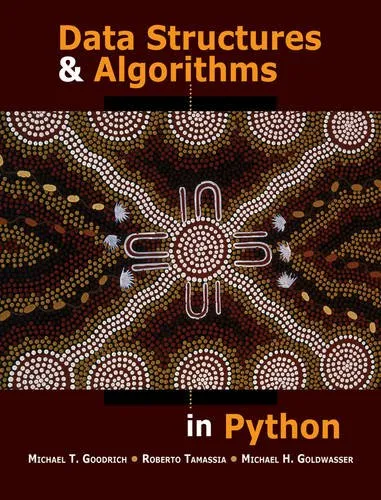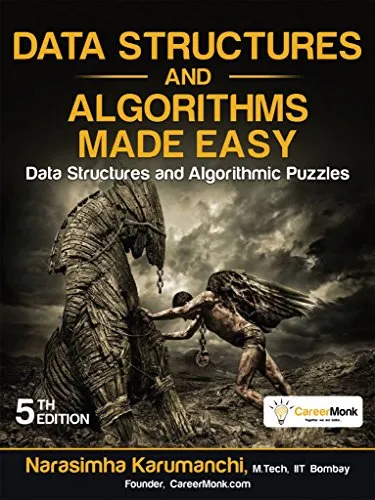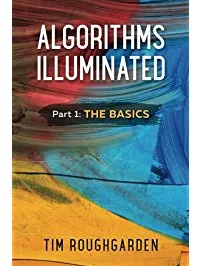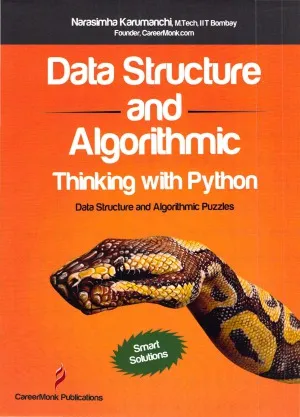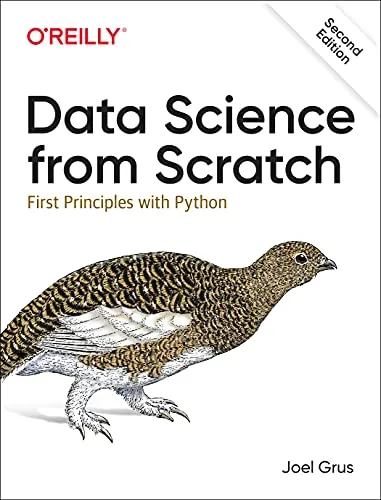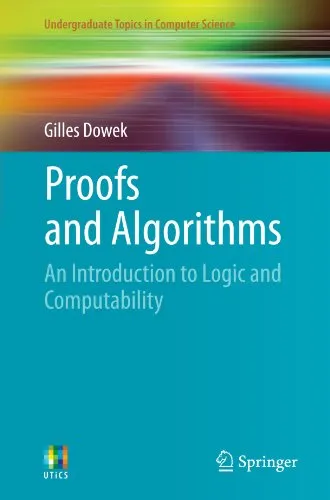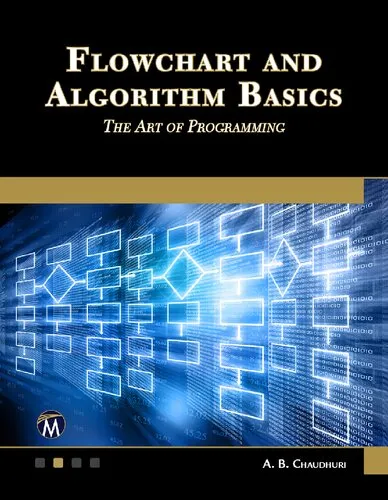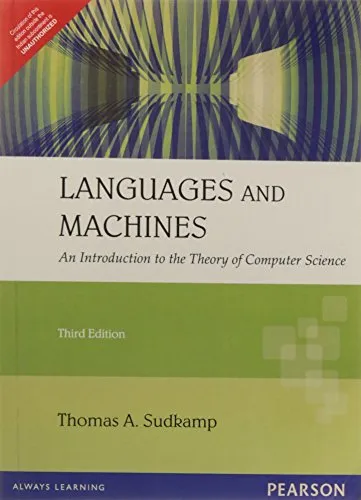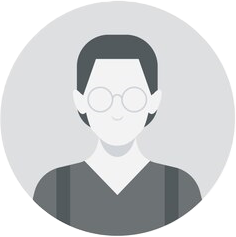Languages and Machines: An Introduction to the Theory of Computer Science (3rd Edition)
4.2
Reviews from our users

You Can Ask your questions from this book's AI after Login
Each download or ask from book AI costs 2 points. To earn more free points, please visit the Points Guide Page and complete some valuable actions.Related Refrences:
Introduction
Welcome to "Languages and Machines: An Introduction to the Theory of Computer Science (3rd Edition)", a comprehensive guide designed to illuminate the fundamentals of computer science theory, language structures, and computational models. Authored by Thomas A. Sudkamp, this book serves as an essential foundation for understanding the conceptual framework underpinning computer languages and automata theory. Whether you are a student diving into the intricacies of computational theory for the first time or a seasoned enthusiast brushing up on the subject, this book provides a clear, cohesive, and accessible route toward mastering these concepts.
The 3rd Edition incorporates modern insights into language theory, machine design, and computational methods, ensuring that readers grasp not only the classic foundations of computing but also contemporary advancements in the field. Through carefully structured chapters and engaging exercises, the author fosters an environment of active participation and deep understanding. The broad range of topics, from finite state machines to Turing machines, makes the text versatile for coursework, self-study, and reference needs.
Detailed Summary of the Book
The book is divided into clearly structured sections, each building upon the last to present a logical progression of ideas. Beginning with an exploration of formal languages, you will delve into the syntax and semantics of computer languages, learn about regular expressions, and discover how grammars communicate the structure of languages. From there, the journey continues with an in-depth discussion of finite automata and their connection to regular languages, highlighting their role in real-world applications like lexical analysis and text processing.
The middle chapters extend the scope to include context-free languages, pushdown automata, and parsing algorithms. These concepts are pivotal for understanding programming languages and compiler design. The latter third of the book is devoted to foundational computational theories, such as the iconic Church-Turing thesis, the design and analysis of Turing machines, and concepts of decidability and undecidability. The author balances formality with accessibility, using real-world examples and analogies to make theoretical concepts relatable.
Advanced topics, including complexity classes like P and NP, are also covered to give readers a glimpse into computational limitations and challenges. Throughout the book, problem-solving exercises and engaging visual aids help bridge the gap between theory and practical applications, ensuring readers achieve a well-rounded understanding of the material.
Key Takeaways
- Discover the principles behind language generation and recognition in computing.
- Analyze key computational models, including finite automata, pushdown automata, and Turing machines.
- Understand the fundamental connection between grammar types and machine types.
- Explore decidability and the boundaries of what can and cannot be computed by machines.
- Grasp the concepts underlying computational complexity, including problems in P, NP, and NP-complete classes.
By mastering these core concepts, readers will develop both a theoretical and practical understanding of computer science, empowering them to tackle sophisticated problems confidently.
Famous Quotes from the Book
"Computers do not solve problems; they execute procedures. Understanding the theoretical foundations of these procedures equips us with the ability to make computing truly effective."
"Formal languages are the bridge between human communication and machine understanding. Without this foundation, programming would remain an abstract enigma."
Why This Book Matters
The study of theoretical computer science forms a critical part of the discipline because it explains the "why" and "how" behind the systems and algorithms we depend on daily. While modern computational advancements often focus on immediate practicality over theory, a strong foundation in automata theory, formal languages, and computational models remains integral to the development of innovative solutions in both software and hardware domains.
What sets Languages and Machines apart is its accessibility without sacrificing rigor. The book strikes a perfect balance between theoretical depth and intuitive understanding, ensuring that even complex topics are approachable. By demystifying topics like Turing machines, undecidability, and computational complexity, it equips readers to think critically and contribute more effectively to the field of computer science.
Ultimately, Languages and Machines is more than a textbook; it is a gateway into understanding the elegant mathematics and logic that guide the machines shaping our world. If you aim to grow as a programmer, developer, or computer scientist, this book is an indispensable resource that will deepen your appreciation of the science behind the machine.
Free Direct Download
You Can Download this book after Login
Accessing books through legal platforms and public libraries not only supports the rights of authors and publishers but also contributes to the sustainability of reading culture. Before downloading, please take a moment to consider these options.
Find this book on other platforms:
WorldCat helps you find books in libraries worldwide.
See ratings, reviews, and discussions on Goodreads.
Find and buy rare or used books on AbeBooks.
1374
بازدید4.2
امتیاز0
نظر98%
رضایتReviews:
4.2
Based on 0 users review
Questions & Answers
Ask questions about this book or help others by answering
No questions yet. Be the first to ask!
